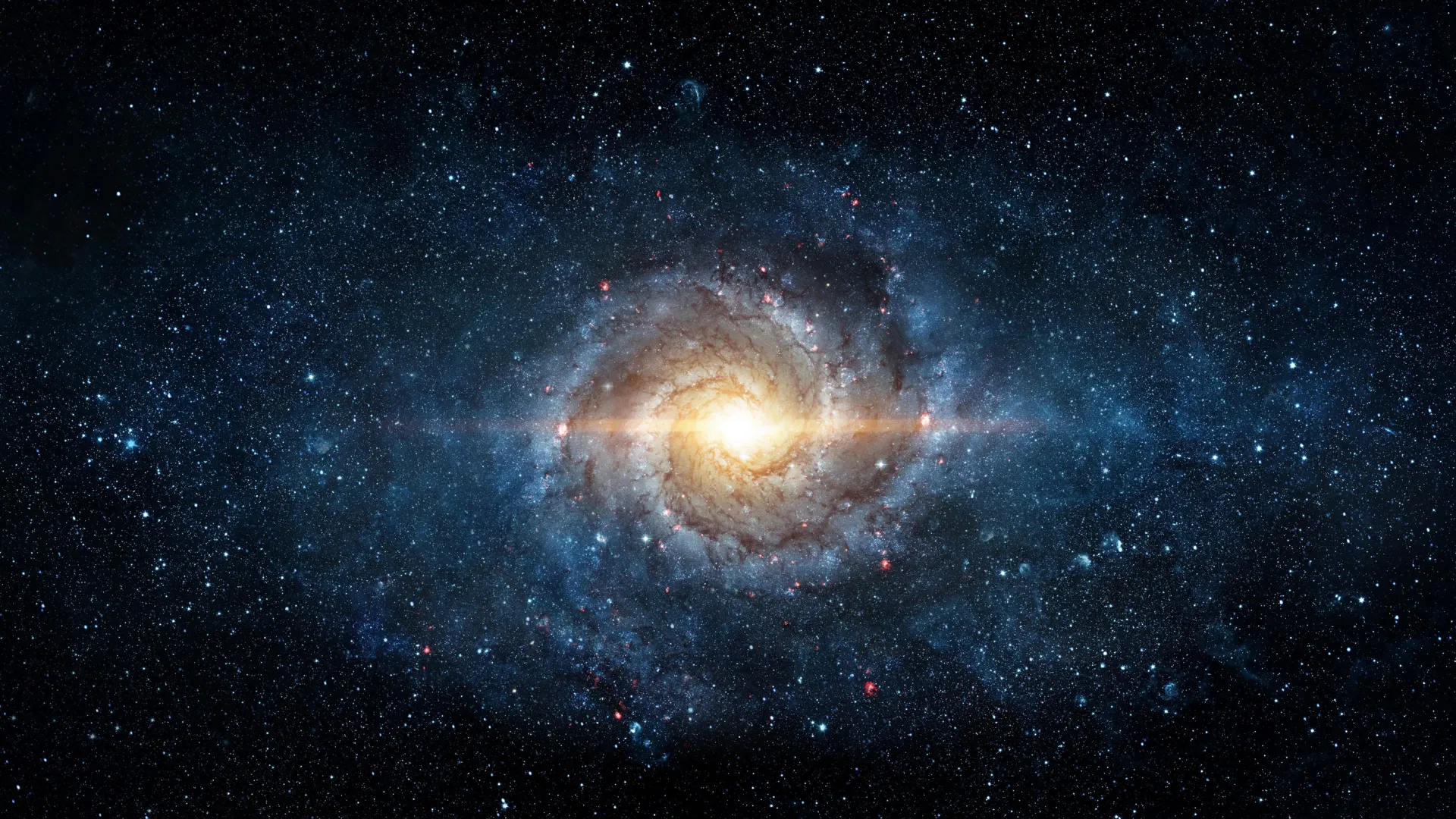AI Breakthrough: Scientists Simulate the Milky Way with 100 Billion Stars
Researchers have achieved a computational milestone by using advanced AI technology to simulate the Milky Way galaxy with unprecedented detail, modeling 100 billion individual stars and their complex interactions across billions of years of galactic evolution.

AI Breakthrough: Scientists Simulate the Milky Way with 100 Billion Stars
Researchers have achieved a computational milestone by using advanced AI technology to simulate the Milky Way galaxy with unprecedented detail, modeling 100 billion individual stars and their complex interactions across billions of years of galactic evolution.
The Scale of the Simulation
The simulation represents one of the most ambitious computational projects in astrophysics, capturing the behavior of 100 billion individual stars within a single model. This scale of detail has previously been computationally prohibitive, requiring both breakthrough algorithms and enhanced processing power to manage the vast datasets and complex gravitational interactions involved.
The model tracks stellar positions, velocities, and evolutionary states across cosmic timescales, allowing researchers to observe how the Milky Way's structure formed and changed over billions of years. Each star's trajectory is influenced by gravitational forces from neighboring stars and the galaxy's overall mass distribution, creating a dynamic system of extraordinary complexity.
How AI Enhances Galactic Modeling
Machine learning and artificial intelligence technologies have been instrumental in making this simulation feasible. AI algorithms accelerate computational processes by:
- Optimizing calculations: Neural networks reduce the computational burden of calculating gravitational interactions between billions of objects
- Pattern recognition: AI identifies recurring structures and dynamics, allowing researchers to compress data without losing critical information
- Predictive modeling: Machine learning models predict stellar evolution and galactic behavior with greater accuracy than traditional methods
- Data processing: Advanced algorithms handle the massive datasets generated during simulation runs
These technological advances enable researchers to run simulations that would have been impossible just a few years ago, opening new avenues for understanding galactic formation and evolution.
Scientific Applications
The 100-billion-star simulation provides researchers with a virtual laboratory for testing theories about:
- Galactic structure formation: How spiral arms, bars, and other large-scale features develop
- Stellar dynamics: The long-term behavior of star clusters and their interactions with the galactic disk
- Dark matter distribution: How invisible matter shapes the galaxy's gravitational landscape
- Historical evolution: Reconstructing the Milky Way's past and predicting its future
By comparing simulation results with observational data from telescopes and space missions, scientists can refine their understanding of galactic physics and validate theoretical models.
Computational Requirements
Running a simulation of this magnitude demands substantial computational resources. The project likely leverages:
- High-performance computing clusters with thousands of processors
- GPU acceleration for parallel processing of gravitational calculations
- Advanced storage systems to manage terabytes of simulation data
- Specialized software frameworks designed for astrophysical modeling
The computational efficiency gains from AI integration have made such ambitious projects more feasible for research institutions worldwide.
Implications for Astrophysics
This breakthrough represents a significant step forward in computational astrophysics. The ability to model the Milky Way at this level of detail enables researchers to:
- Test new theories about galactic formation without waiting for observational confirmation
- Understand the role of supermassive black holes in galactic evolution
- Investigate the impact of stellar collisions and mergers on galactic structure
- Develop more accurate models of other galaxies for comparative study
Looking Forward
As AI and computing technologies continue to advance, even more detailed simulations may become possible. Future models could incorporate additional physical processes, higher stellar resolution, or longer timescales. These developments promise to deepen our understanding of how galaxies like our own form, evolve, and interact within the broader universe.
The successful simulation of 100 billion stars demonstrates the power of combining advanced computational methods with cutting-edge AI technology to tackle some of astrophysics' most challenging questions.
Key Sources
- Scientific Daily: "AI creates the first 100-billion-star Milky Way simulation"
- The Brighter Side: "Scientists create the world's first Milky Way simulation with AI"
- YouTube: "Milky Way Simulation: 100 Billion Stars with AI"



